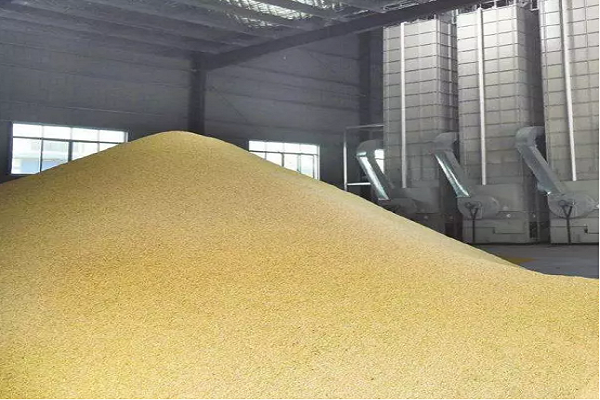Food is the world, food security is a big thing. As a key of mechanization in food production, grain dryer has become more and more recognized and accepted for its high yield and good harvest of food crops. Some people in the industry even raise it to be an important strategic support of national food security. Grain drying is the key to opening up "the last kilometer" of mechanized production of foodstuffs. It is of strategic importance to develop grain drying machinery to ensure national food security.
Compared with the natural drying method, the use of mechanized drying mode drying food, at least in the following three aspects have unparalleled significant advantages:

First, it can greatly improve labor efficiency, save land and labor costs. Each 10-ton dryer only one person operation, the average daily processing of grain up to 2 to 3 kg; and take the natural drying method, to dry the same size of the food needs at least 6 people and also takes 3 to 5 days.
Second, it is more suitable for large-scale intensive operations, free from the natural environment such as sites, weather and other benefits, is conducive to disaster reduction and grain preservation.
Third, it is to adopt mechanized drying of food, but also effectively avoid mixing secondary pollution such as soil, gravel, sundries and vehicle exhaust gas, so as to ensure the quality and quality of food better, but also to promote farmers' income.
From the two aspects of the national food security strategy that requires the total amount of food and the quality and safety, the mechanization and drying of food is of strategic importance. According to official government data, as the world's largest grain producer and consumer, China produces about 500 million tons of grain a year. After grain harvest in China threshing, drying, storage, transportation, processing, consumption and other losses in the process up to 18%. Among them, because of climatic reasons, cereals can not be sun dried or did not reach safe water, causing mildew and sprouting and other loss of food up to about 5%, each year with a loss of about 20 million tons and a direct economic loss of 20 billion to 30 billion. In this sense, the development of grain drying machinery and equipment industry is not necessary, but must be.
Post time: Feb-17-2016

